(October 13, 2022) About 15 minutes into our conversation, Dr. Ravi Margasahayam told me that he once had a chance meeting with mountaineer Tenzing Norgay, who taught him a very important lesson – something he still lives by. “It was 1973, I was in engineering college. We friends were roaming the streets of Darjeeling, looking for a postcard of Tenzing Norgay – the first man who climbed Mt Everest, when we spotted the man himself, sitting nearby, and we introduced ourselves to him. As he chatted with us, he told me, ‘You young engineers must be thinking of climbing Everest someday. But I have already done that. You must find your own mountain to climb’,” shared the Global Space Ambassador for John F. Kennedy Space Center, NASA, as he connected with me over a video call.
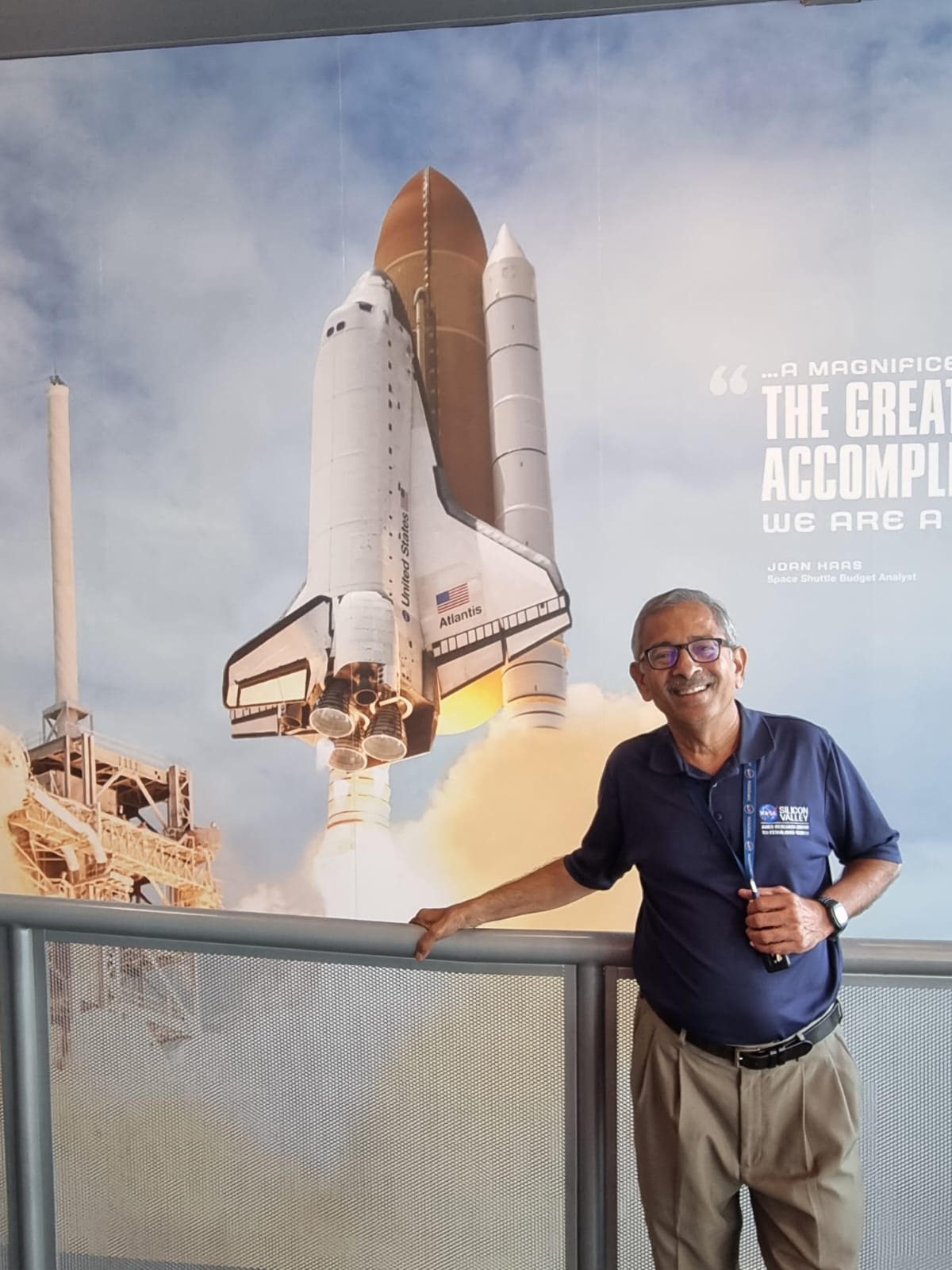
Dr. Ravi Margasahayam (photo credit: Dr. Margasahayam)
Heeding Norgay’s advice, Dr. Margasahayam went on a quest to find his own peak to scale. And he found his destination about 15,000 km away from Bengaluru, at the Kennedy Space Center in Florida, USA. In a glorious career spanning over three decades, Dr. Margasahayam has played an instrumental role in launching over a hundred Space Shuttle missions, which took more than 700 astronauts to space, including Indian-born astronaut, Kalpana Chawla. He is the only person of Indian origin to work, manage, and conduct research on both launch pads – Complex 39A and 39B – the same from where NASA sent humans to land on the Moon.
“I once met former President of India, Dr. APJ Abdul Kalam and had the privilege of showing him around the John F. Kennedy Space Center. He told me that he envied me, saying, ‘You did the one thing I couldn’t ever do – launch humans into space. You are an Astronaut Maker’,” shares the 69-year-old proud Global Indian.
The dream is alive
Born in Mumbai, to a civil engineer father and a homemaker mother, Dr. Margasahayam got an opportunity to explore the world right from when he was an infant. “My father was deputed to United Nations. Soon after I was born, we moved to Myanmar and then to Kabul, Afghanistan.” A curious kid, he was always fascinated with machines, which helped him choose his career path.
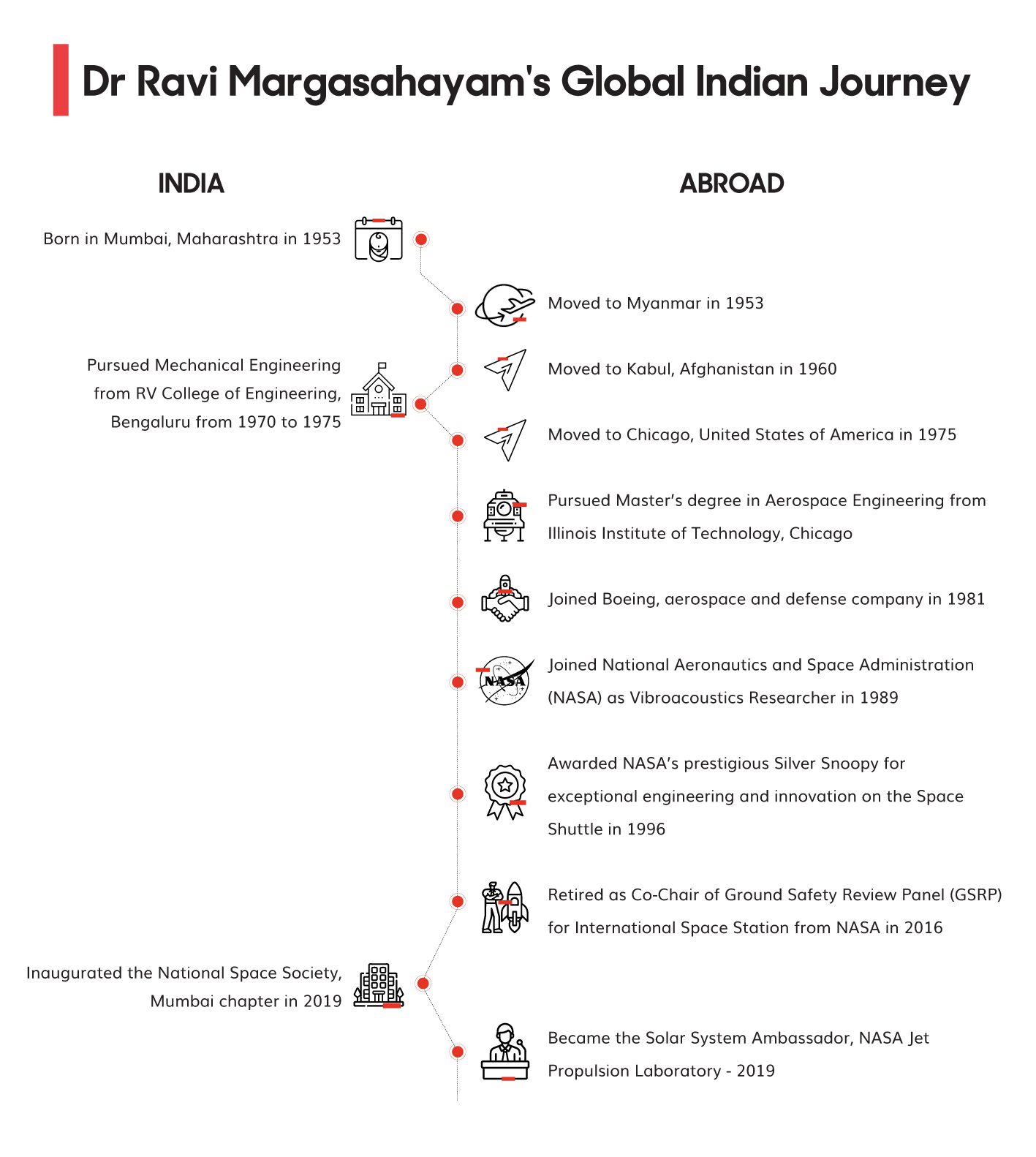
A love for machines wasn’t the only reason he became an aerospace engineer, Dr. Margasahayam was equally mesmerised by the glitz of Bollywood. “When I was around 10, I watched the Hindi film Sangam wherein Raj Kapoor played an Indian Air Force pilot, and it inspired me a lot. I thought of becoming a pilot as I would travel to exotic locations, and have a beautiful wife,” laughs the NASA veteran, adding, “Well, I couldn’t become a pilot, but I sent many to space, and I have a beautiful wife.”
After spending a few years in Afghanistan, the engineer came back to Mumbai to pursue his education. “Some failures are successful failures. My father wanted me to pursue engineering, however, my percentage in Class 12 wasn’t enough to get me in a Mumbai college. So, I came to Bengaluru to do mechanical engineering and earned a degree in 1975,” says Dr. Margasahayam.
Lift off!
After completing his degree, he moved to Oman where his dad was posted at that time. However, the lack of opportunities in Muscat led the NASA veteran to move to Chicago, where one of his aunts lived. “I went on a tourist visa in 1975, with no clothes, no books, no money, and no ambition – just my aunt’s house,” the NASA researcher smiles, adding, “I remember landing in New York and was completely amazed. It was a big city and so glamourous. I hadn’t seen anything like that before. From there, I went to my aunt’s place in Chicago.”
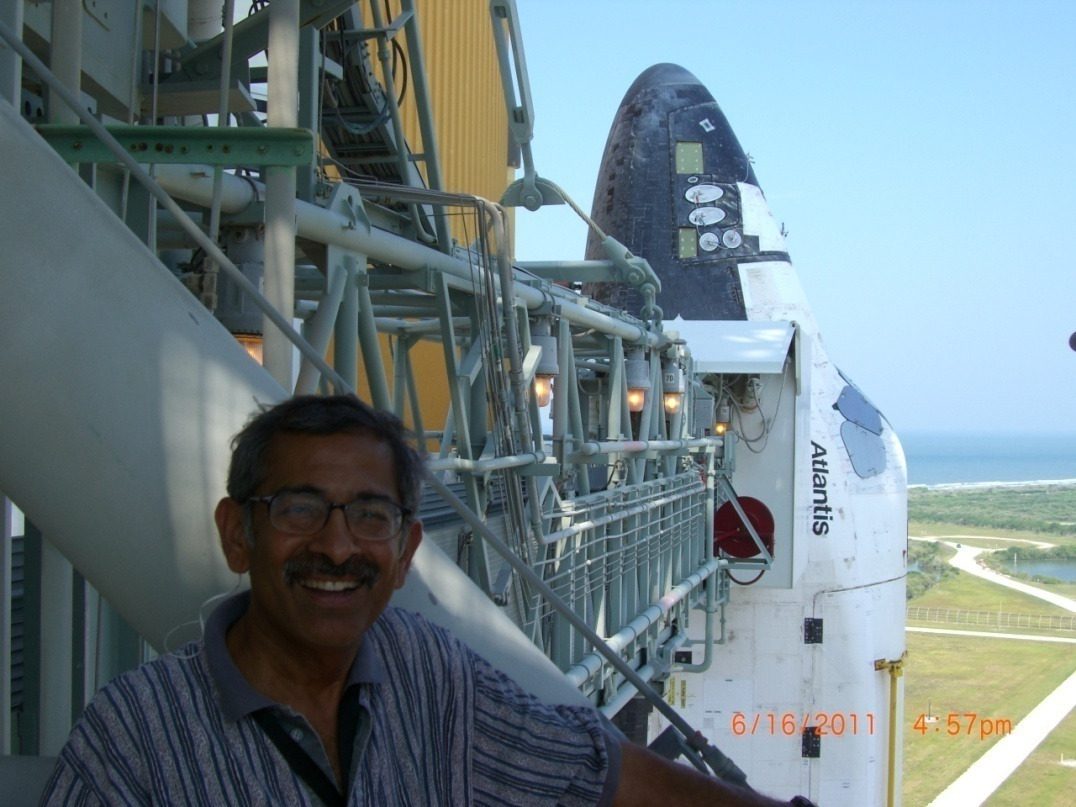
Photo credit: Dr Margasahayam
Although he hoped to return to the country after six weeks in the US, destiny had other plans for him. His aunt’s connections helped him apply for a master’s programme at the Illinois Institute of Technology. “I met the Chairman of the engineering department, Dr. Sudhir Kumar. He offered me a contingent admission, asking me to convert the visa for a semester. I managed to do that and earned my master’s in aerospace engineering in 1978.”
However, he still had more hurdles to cross. “One of the biggest issues was understanding their English accent, even though I was a fluent English speaker,” he says, adding, “By the second semester, I had to take up several odd jobs to make ends meet, including one at a Mexican restaurant and another at a welding shop.” Six months into his Ph.D. work at the same institution, he started applying for jobs and found one as a railroad engineer at Conrail in Philadelphia.
The aero world
About one-and-a-half years later, Dr. Margasahayam bagged an opportunity to work for Boeing, in Colorado. “My boss was so impressed with my CV that he asked me join from the next week itself. However, I was getting married in a few months and had to return to India. So, I joined them about nine months later in 1981.”
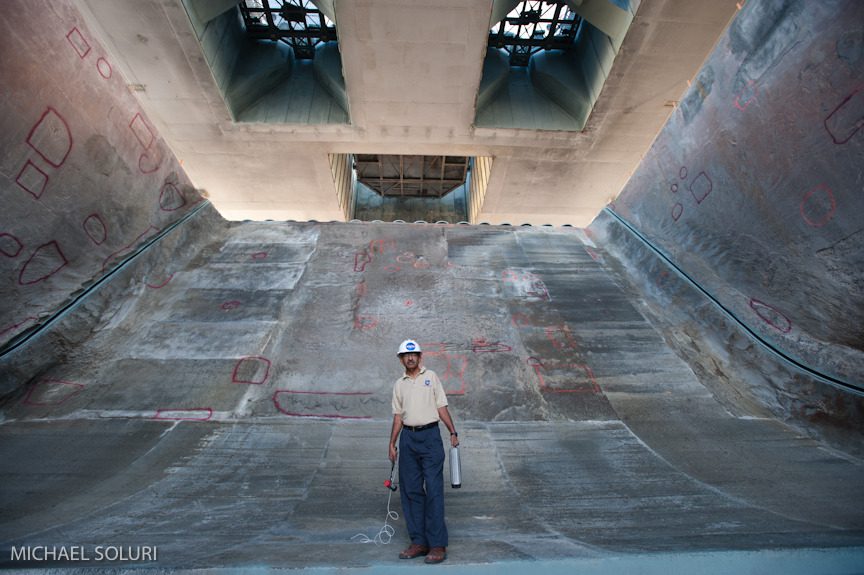
Dr Margasahayam working on NASA’s launchpad (photo credit: Michael Soluri)
It was a usual afternoon in 1986 when Dr. Margasahayam heard the news about the space shuttle Challenger disaster which left him deeply shocked. About two years after the fateful accident, he applied for a job at NASA. “During my interview, the person asked if I had ever launched or even seen a rocket, and I said no. When he said how can he hire someone with no knowledge about rockets, I told him that a car and a plane both vibrate when they function – and so does the rocket. And as a vibration engineer, I can fix several problems for NASA,” he shares.
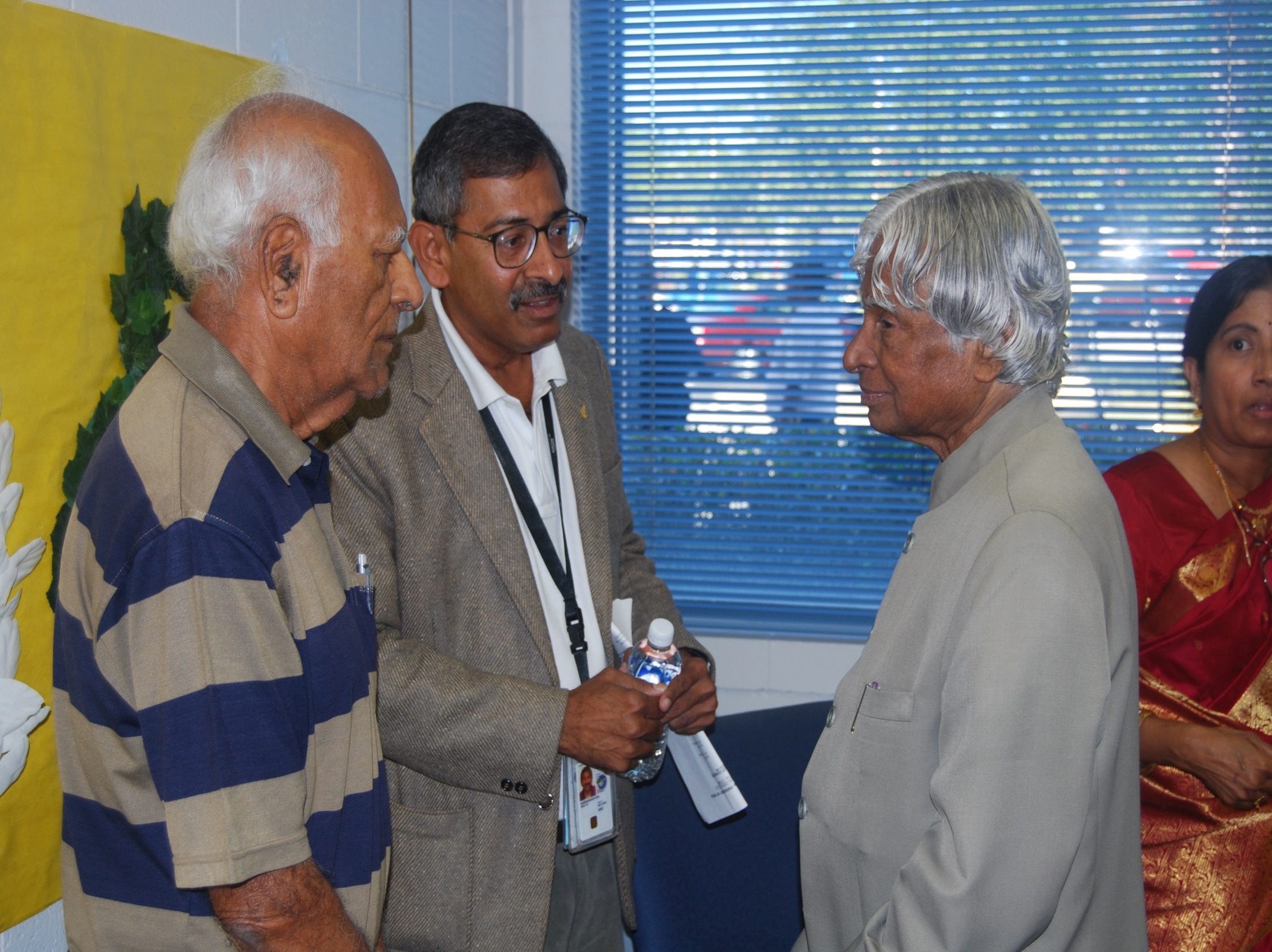
Dr Margasahayam and his father with Dr APJ Abdul Kalam (photo credit: Dr. Margasahayam)
In 1989, Dr. Margasahayam became the first Indian to work and research at NASA’s Moonpad – the same launchpad from where Neil Armstrong, Buzz Aldrin, and Michael Collins left Earth for the Moon. “I was given free access, making me the only Indian to date to work on both the launchpads of NASA. I studied the field of Vibroacoustics – which is the science of how sounds can create vibrations and become a load on a structure and affect our space shuttles,” he explains.
Only in his first year, he played a pivotal role in NASA launch probes to the Sun (Ulysses), Venus (Magellan), and Jupiter (Galileo). He was also the core member of the team that launched the Hubble Space Telescope – which completely changed the human’s fundamental understanding of the Universe. “I can hardly express how incredible it was for a Mumbai boy to launch these 2-million-kg shuttles to various planets. The entire Universe was now my playground,” shares Dr. Margasahayam. He was also a part of the team that build the International Space Station (ISS) – or a “Taj Mahal in the heavens” as he calls it – and send the Alpha Magnetic Spectrometer (AMS) there to study the dark matter.
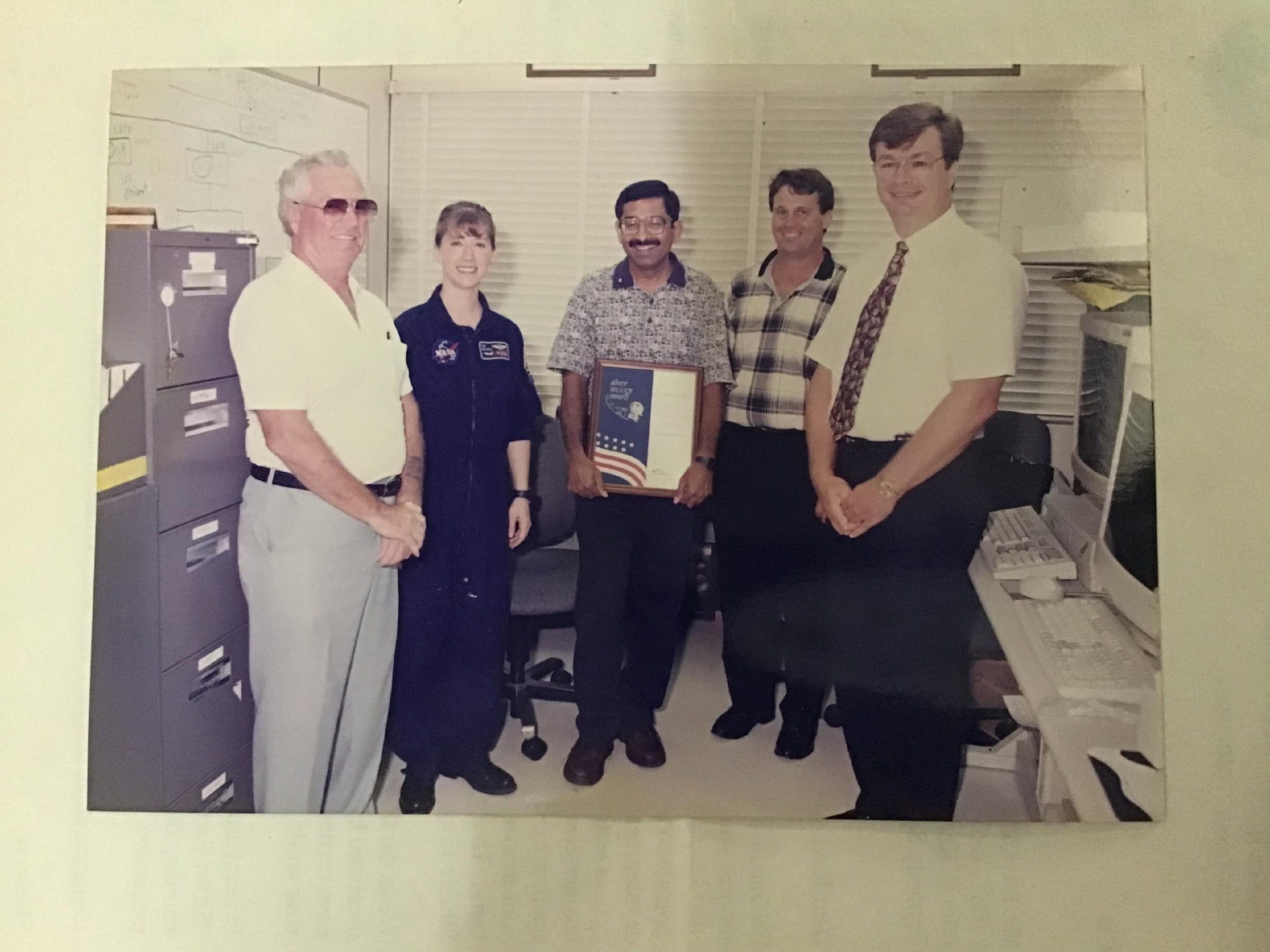
Dr. Margasahayam receiving the prestigious Silver Snoopy award in 1996, from eminent American astronaut, Pamela Melroy (photo credit: Dr. Margasahayam)
With one of the most eminent American astronauts, Pamela Melroy, being his mentor, Dr. Margasahayam won the most prestigious honour in the field of engineering – Silver Snoopy award in 1996. He became NASA’s international expert and lead scientist on Rocket Launch-induced Noise and Vibration technology, and the only engineer at NASA who was allowed to install his own structure, designed to measure acoustic loads and structural vibration of pad structures. As the VIP Tour Guide, he escorted several eminent guests, who visited the John F. Kennedy Space Center in Florida.
A tale of two Indians
Around the same time that Dr. Margasahayam received the Silver Snoopy award, another Indian, Kalpana Chawla, was training to become an astronaut. It was during a visit to the Kennedy Space Center, in Florida, that the two Indians first met, and later became good friends. “Pamela informed me that there was a new girl in the NASA Astronaut Corp from India, Kalpana Chawla. That was the first time I had heard of her. Kalpana visited the launchpad after she got the assignment to go to the space in STS-87 – Space Shuttle Columbia – in 1997. I was a part of the team that trained that crew about the terminal countdown demonstration, where we teach the astronauts how to shield themselves in case of any accidents and escape from there. I remember standing two feet away from Kalpana when she was boarding the space shuttle. The mission was successful,” shares the NASA veteran, who later arranged for the then-Indian Prime Minister Inder Kumar Gujral to speak to Kalpana, while she was in space.
Six years later, Kalpana again donned the astronaut suit, boarded the ill-fated space shuttle Columbia and died as the shuttle re-entred into the Earth’s atmosphere. “I was the last person to see her before she boarded the shuttle,” Dr. Margasahayam recalls, “Space shuttles are never late for the landing. If they are late, it means that there is something wrong. So, when Columbia was late for its landing on February 1, 2003, I remember the Centre Director saying that there was no hope that they would make it. It was quite tragic. I and several NASA people went walking for miles to collect the parts of shuttle debris and the remains of the astronauts.”
A few weeks before her ill-fated mission, Kalpana told Dr. Margasahayam that they should return to India and encourage more people to take up careers in aerospace technology. While that could never happen, in 2019 Dr. Margasahayam inaugurated the National Space Society‘s Mumbai chapter to engage Indian youth in the space sciences – honouring one of the astronaut’s last wishes.
The journey never stops…
In 2016, Dr. Margasahayam officially retired as the Co-Chair of the Ground Review Safety Panel (GSRP), which reviews safety for all payloads going to the International Space Station (ISS), from anywhere in the world. In 2019, he was nominated by NASA Astronauts and held the position of Solar System Ambassador for the Jet Propulsion Laboratory, in Pasadena, California. An eloquent public speaker, the NASA veteran has encouraged several young people to explore the secrets of the Universe.
“For me what matters is to inspire the next generation to ride on our shoulders and do better than us. We have opened a path to human spaceflight – live and work in space. What did not happen in 60,000 years, we have been able to do in the last 60 years. Humankind is much benefitted by space exploration, and we have a long way to go from here,” signs off Dr. Margasahayam.
- Follow Dr Ravi Margasahayam on LinkedIn



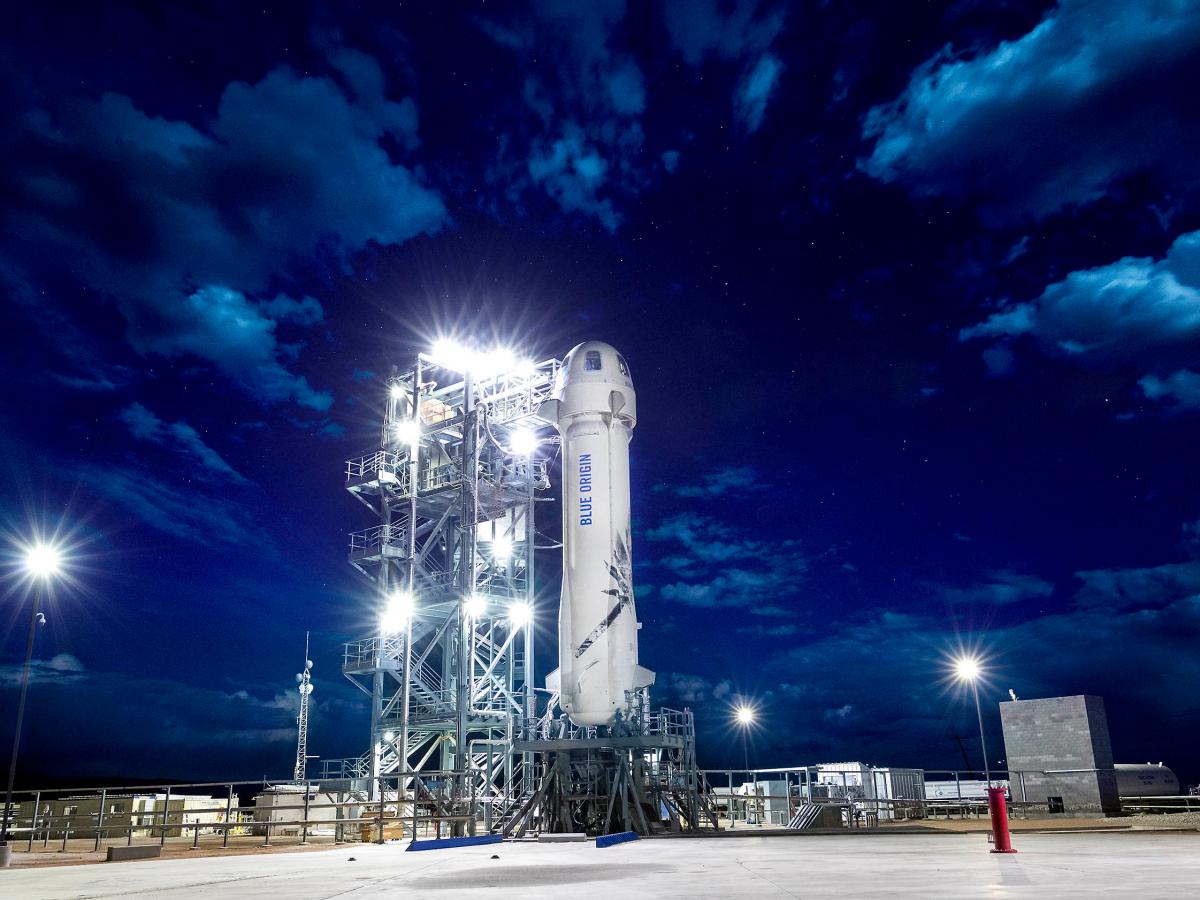
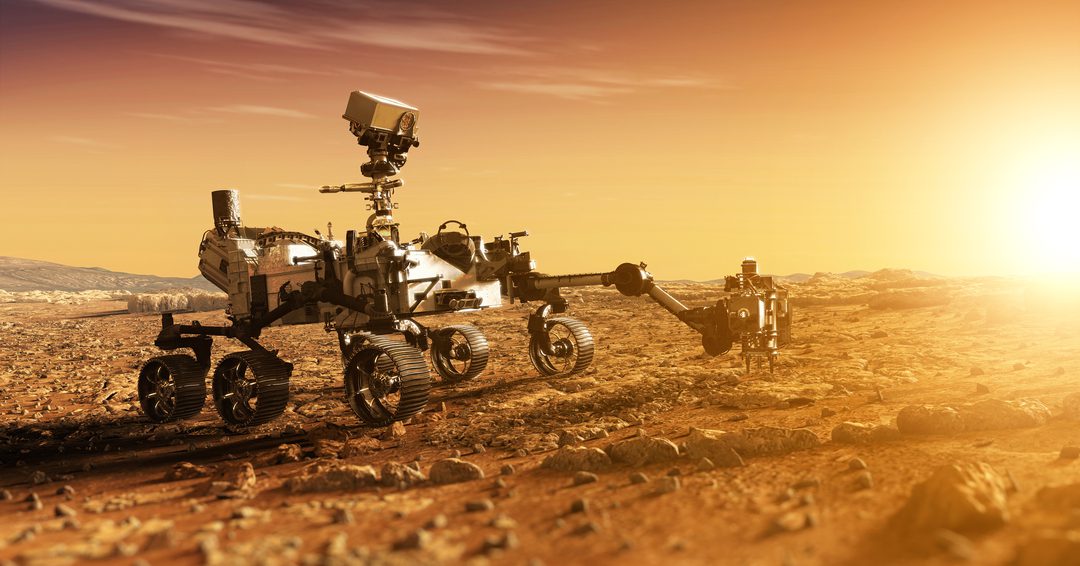
Awesome article about Dr Ravi Margasahayam
Very much inspirational article for the new commer in the fields of space research and to become astronauts.
This is such a captivating narrative of The Astronaut Maker’s inspiring life.
‘You young engineers must be thinking of climbing Everest someday. But I have already done that. You must find your own mountain to climb’,” -Tenzing N
And Dr Margasahayam, you truly scaled your own mountain following Mr Norway’s advice.
You have done something for the humanity at large, that was next to impossible without you.
Lastly, I could vividly imagine the rendezvous between the Missile Man & the Astronaut Maker. What a wonderful amalgamation of two scientific geniuses of the generations who’s contributions could never be forgotten.
It’s an honour for me to know Dr Margasahayam personally 🙏🏻
Thank you for sharing your journey, the entire article shows that nothing is impossible with the right mindset
I’m so glad to read that Indians like you Sir make our head high
And I truly believe you found your mountain and you hoisted our flag in your own way
Amazing and inspirational Journey, Dr Ravi Margasahayam.